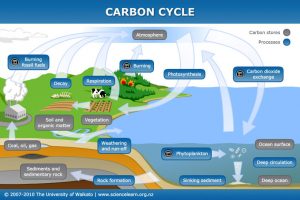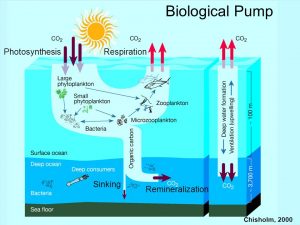Did you know how many people die from cancer annually? It is over 5 million. What’s worse, worldwide rates of cancer are predicted to increase by 50% compared with the current rates by 2020. What is interesting, however, is that whales rarely have cancer and they are 1000 times less likely to develop cancer than human. According to the research, it was found that their larger body size helps them be away from cancer.

large Body Size
Cells in organisms have the same probability to have a malignant transformation and to become a tumor cell. It means the large organisms with more cells have a higher cancer risk. However, as shown in the graph, mice with a smaller body size are 3 times more likely to have cancer than human. Elephants and whales with a larger body size have a relative lower cancer rate.  Actually, as Peto’s paradox demonstrated, the capacity of whales to suppress cancer cells is 1000 times better than humans. The reasons behind this phenomenon are that it takes longer time for a tumor cell to reach the fatal size in whale’s body and whale has a lower metabolism rate.
Actually, as Peto’s paradox demonstrated, the capacity of whales to suppress cancer cells is 1000 times better than humans. The reasons behind this phenomenon are that it takes longer time for a tumor cell to reach the fatal size in whale’s body and whale has a lower metabolism rate.
Long Time
Whales are less likely to have cancer because it takes a long time for tumors in whale’s bodies to reach the lethal size. In large organisms such as whales, Nagy, Victor, & Cropper. (2007) argued that tumors must be larger to become lethal. In order to become lethal tumors, cancer cells need to collect aggressive cells to make themselves stronger. These aggressive cells then grow and gradually become lethal. However, this process takes long time for tumors in large body size organisms to evolve and then reach the large enough lethal size. The longer time to reach the lethal size allows more time for organisms to repair cells so whales are able to repair the cancer cells before they becoming lethal. Therefore, even though it is more likely for whales to have cancer cells, these cancer cells are less lethal while cancer cells in human being’s body are more easily become lethal.
However, this process takes long time for tumors in large body size organisms to evolve and then reach the large enough lethal size. The longer time to reach the lethal size allows more time for organisms to repair cells so whales are able to repair the cancer cells before they becoming lethal. Therefore, even though it is more likely for whales to have cancer cells, these cancer cells are less lethal while cancer cells in human being’s body are more easily become lethal.
Lower Metabolism Rate
Whales have lower risk of having cancer because of the lower metabolism rate compared with humans. Metabolism proceeds in organism by generating a kind of destructive chemically species-reactive oxygen. The reactive oxygen can damage the DNA by breaking the bonds between DNA and inducing chromosome mutations. Once the DNA is damaged, the risk of cancer increases. What’s worse, the damaged DNA, as junk in the organism, can also induce cancer. It means the rate of metabolism has a positive correlation with the possibility of having cancer.
Based on the previous study, larger organism tends to have a lower metabolism rate. Hence a larger organism has an overall lower risk of having cancer. Consequently, whales, as large organisms, are less likely to have cancer compared with human beings whose body size are smaller.
To summarize, a large body size of whales explains why the cancer rate of whales are lower. Meanwhile, these findings could also be applied to prevent and treat cancer. Though humans cannot change body size easily, humans could try to lower the metabolism rate to achieve the same effect as whales have.
Author: HUANXIN ZHANG



